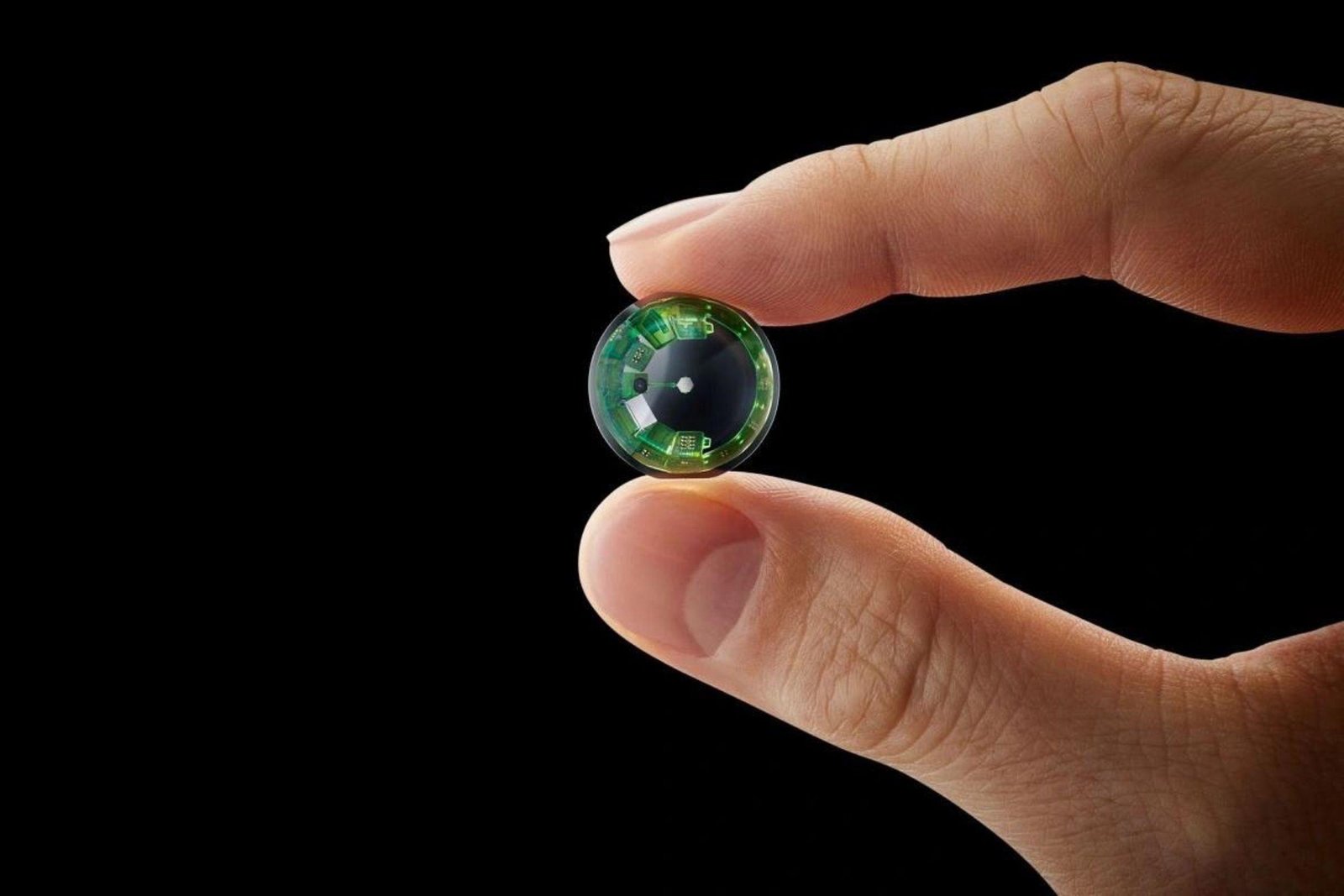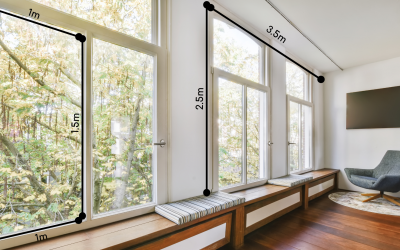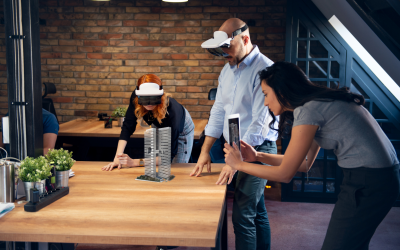Source : VentureBeat
“We’re on the cusp of something exhilarating and terrifying… The context and the state of content is going to be so different than anything we envisage at the moment, where the interplay between the user and the provider is so simpatico it’s going to crush our ideas of what ‘mediums’ are all about.” – this quote by David Bowie eloquently outlines the ways in which visualization technologies can deliver the full potential of the metaverse.
Thirty years ago, a group of human test subjects donned exoskeletons, put their faces up to vision systems, and manually interacted with a mixed reality of actual and virtual items. At the Air Force Research Laboratory (AFRL), they were developing a prototype augmented reality system that allowed users to interact with virtual items blended into the real world. The system, which was built for roughly $1 million and took up half a room, proved for the first time that augmented reality technology will enhance human performance in real-world tasks.
Thirty years later, we have reached a new milestone in the Augmented Reality space, and it’s remarkable how far we have progressed.
A research study on Augmented Reality contact lenses was carried out in a lab at Mojo Vision in Saratoga, California, for the first time. This test was performed directly on the eye of a human subject where the subject wore the AR contact lens for the very first time.
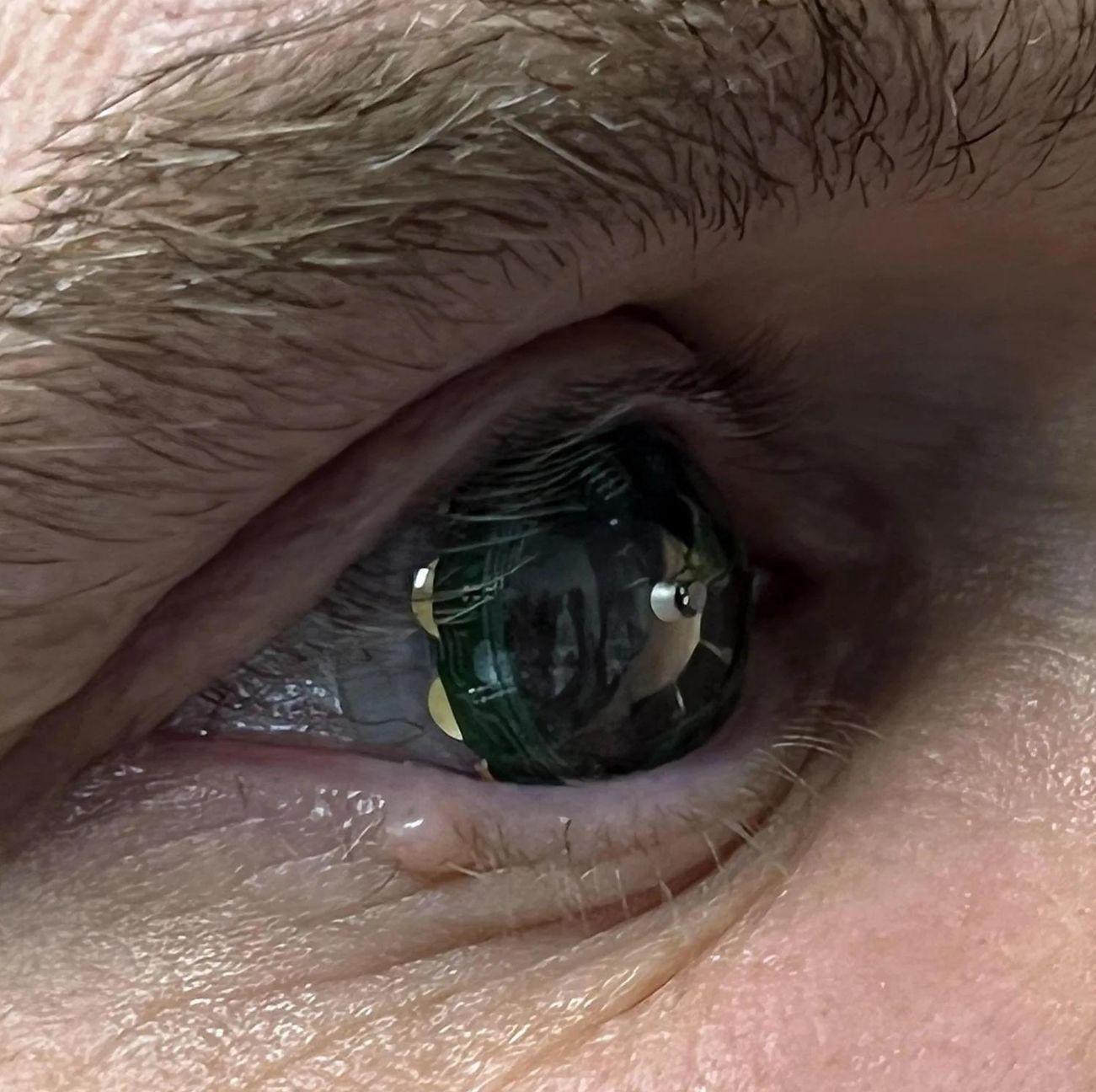
Source : IEEE Spectrum
An AR contact lens is exceedingly challenging to make. Surprisingly, the least challenging aspect is the capacity to fit a high-resolution display on a normal-sized clear contact lens. The real challenge is that the lens must fit snugly on the human eye, must also be completely powered without any form of physical tether, and be capable of wirelessly communicating with other devices.
According to Mojo Vision, the prototype lens includes medical-grade micro-batteries. There is no clear indication of what the battery life is for the current prototype, but according to the company, their product goal is power management that enables you to wear the AR lens all day.
In comparison to the iPhone 13 Pro, which has a Super Retina XDR Display with 460 pixels per inch, the Mojo Lens has a 14,000 pixel-per-inch MicroLED display with a pixel pitch (the distance between adjacent pixels) of 1.8 microns. This device has 30 times the pixel density. Along with an ARM processor, a 5GHz radio transmitter, an accelerometer, gyroscope, and magnetometer for tracking eye movements, these lenses also include a magnetometer which makes these lenses all the more desirable.
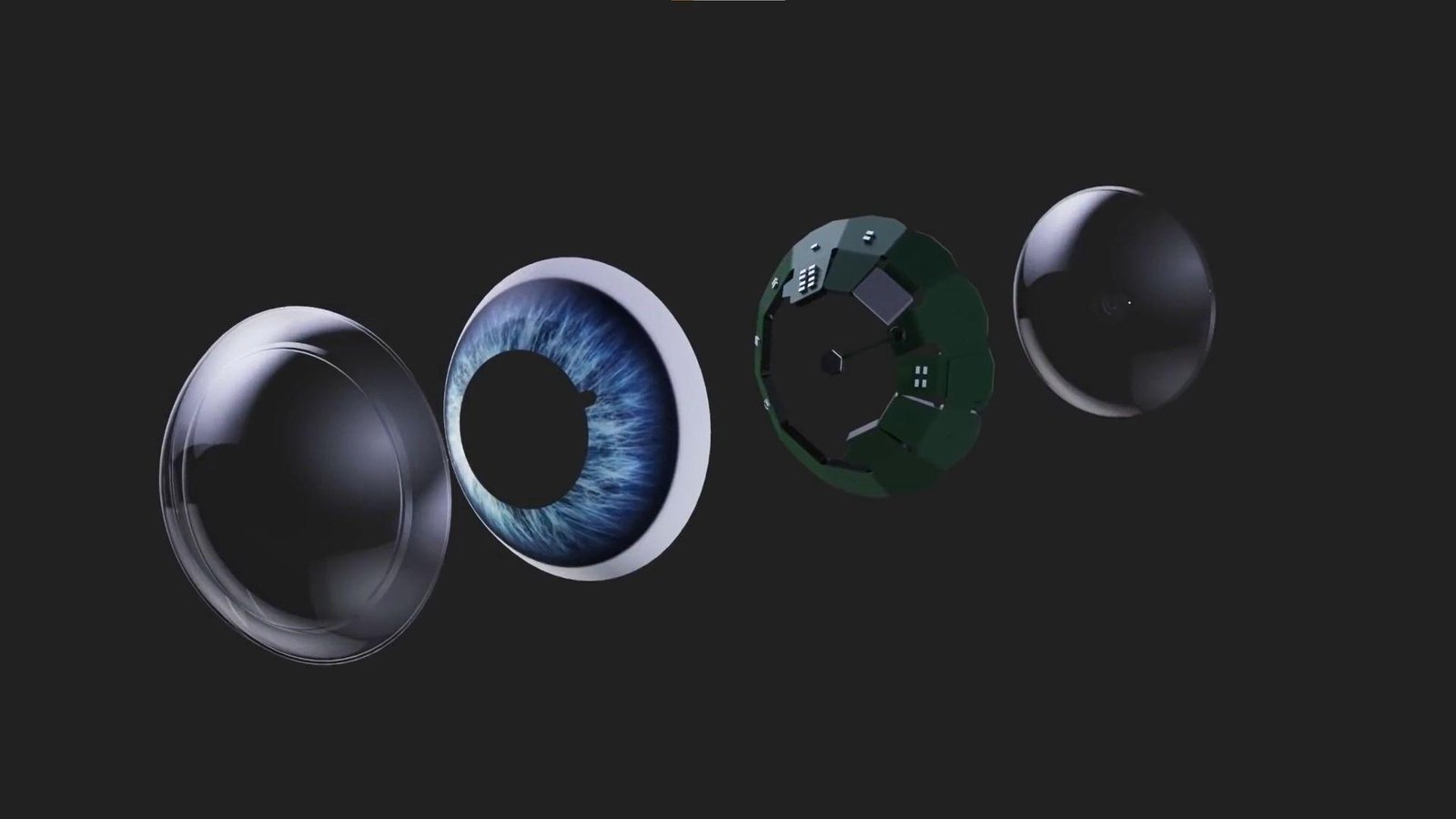
Source: ars TECHNICA
Although there’s a long road ahead to get from current prototypes to the broad adoption of inexpensive contact lenses that provide people around the world with immersive AR capabilities, this is where the industry is headed. In fact, within ten years, our primary method of interacting with digital information will be AR eyewear, first in the form of glasses and later contact lenses.
Louis Rosenberg’s article ‘Metaverse 2030’ describes how life would be when AR contact lenses are widely adopted. According to the article, once a consumer signs up for a mobile subscription, they will also get fitted for new contact lenses. Will this be a reality within the next ten years? Only time will tell.
One thing is certain: in the past 30 years, the technologies that enabled immersive augmented reality have advanced at an astonishing rate, moving the field from a room full of pricey Air Force equipment in 1992 to tiny transparent lenses that fit over your eyes in 2022. The future of Augmented Reality only gets better!

